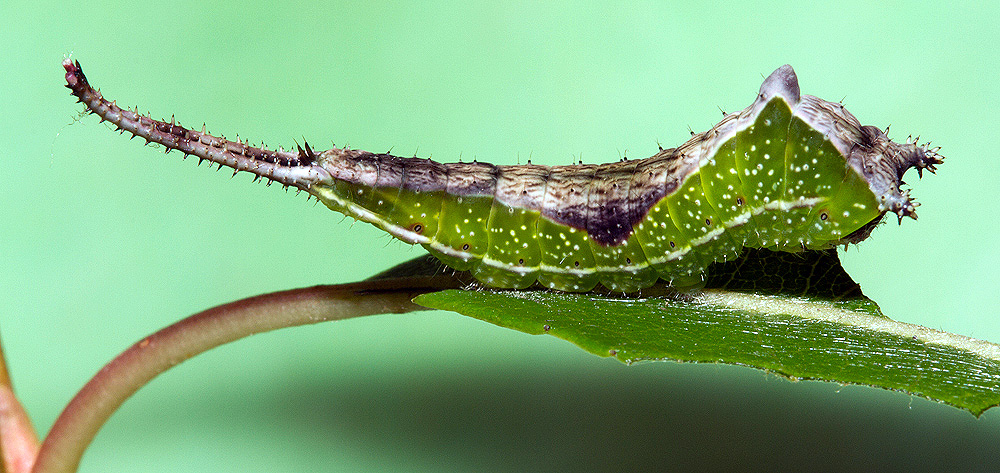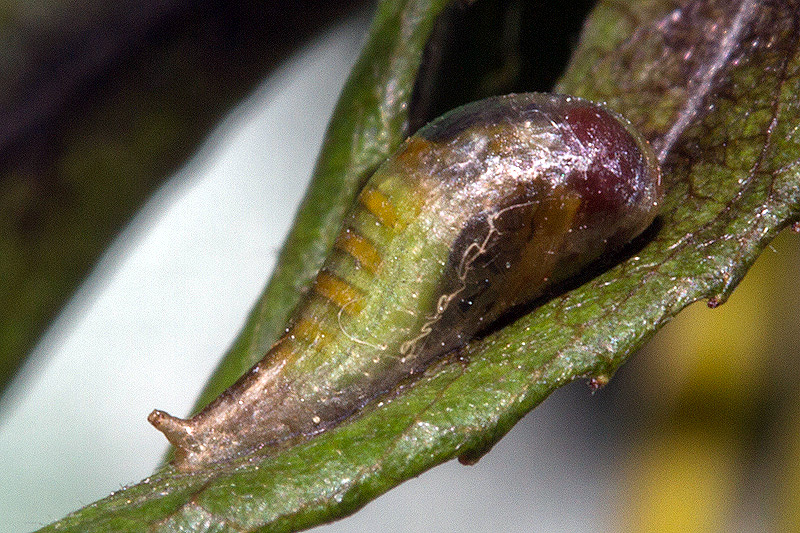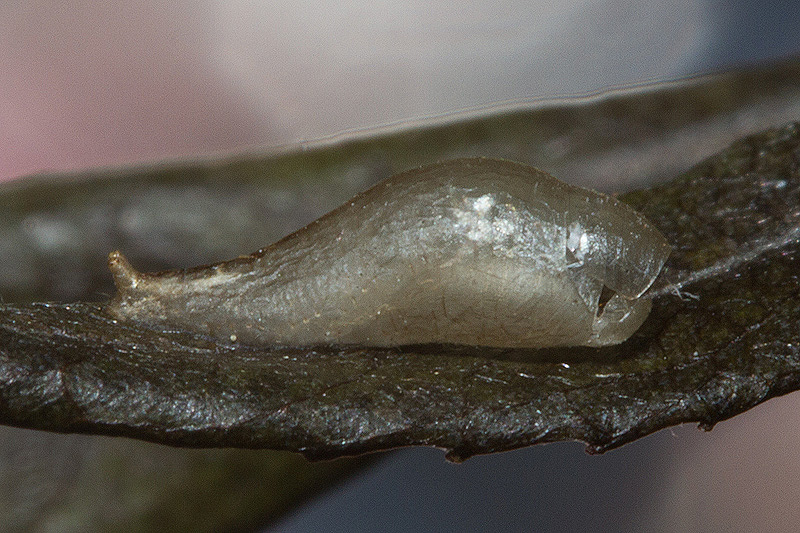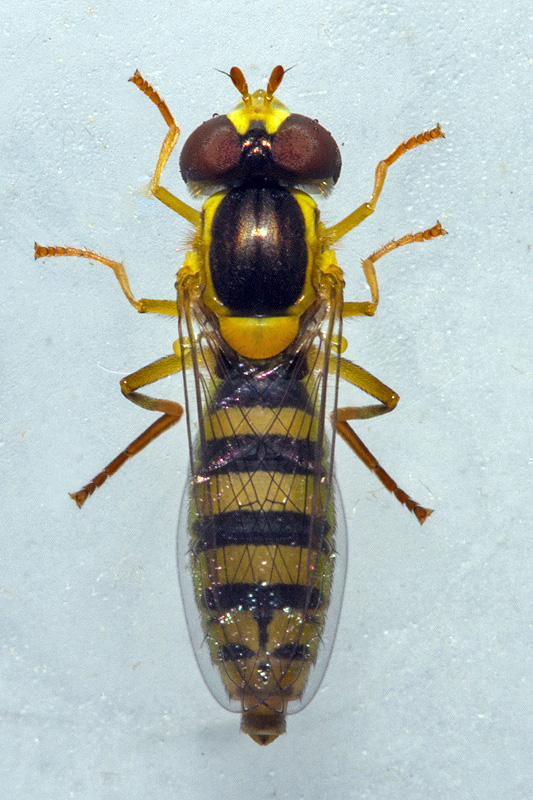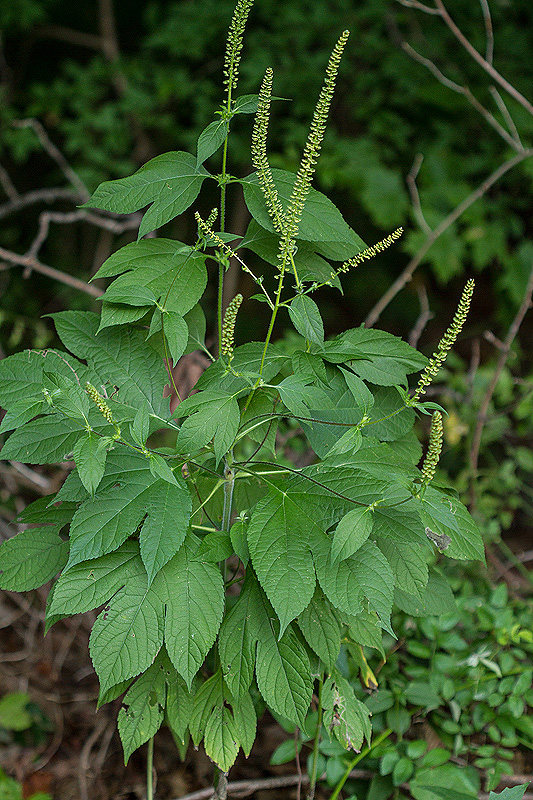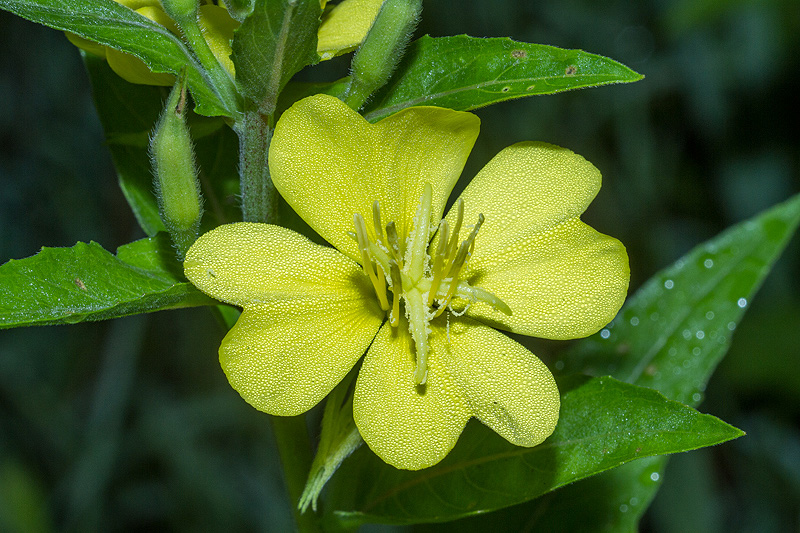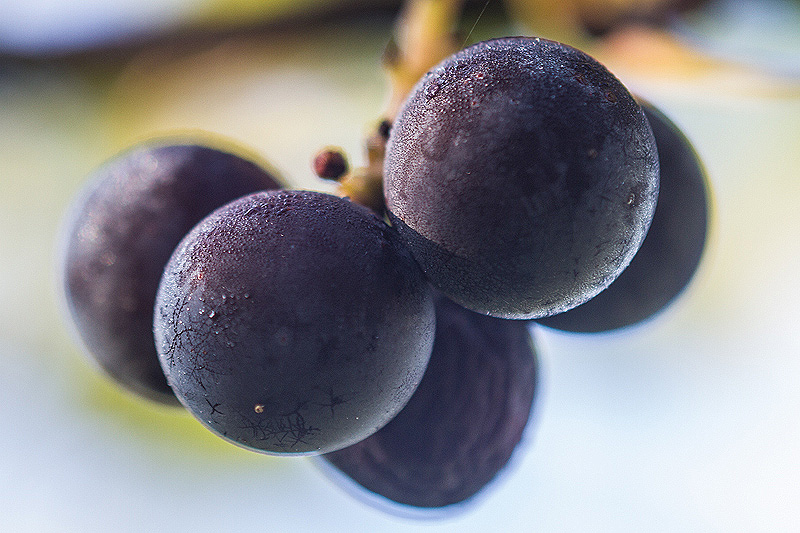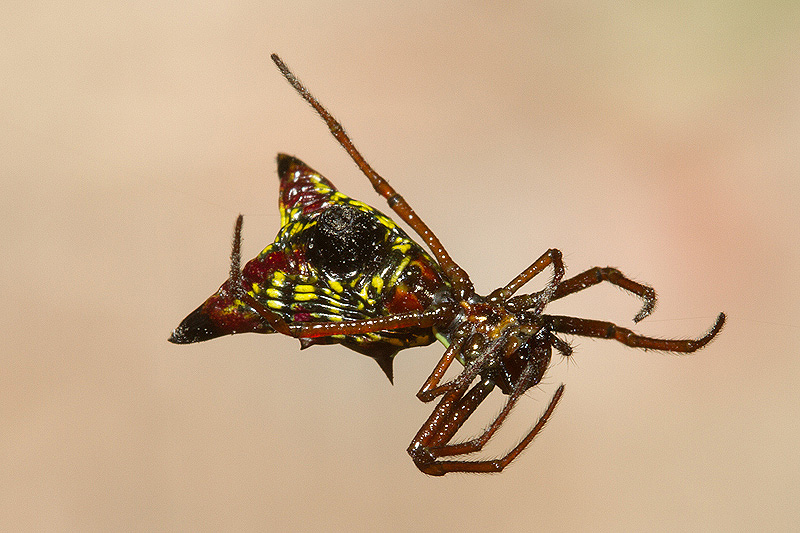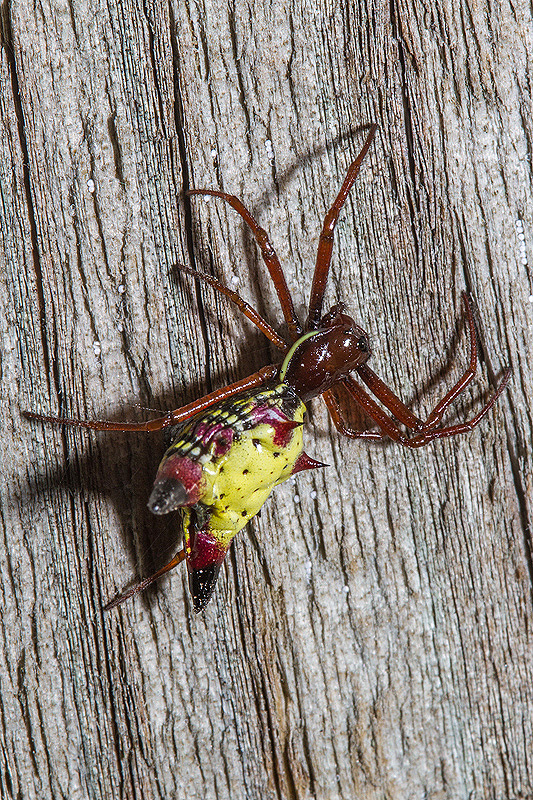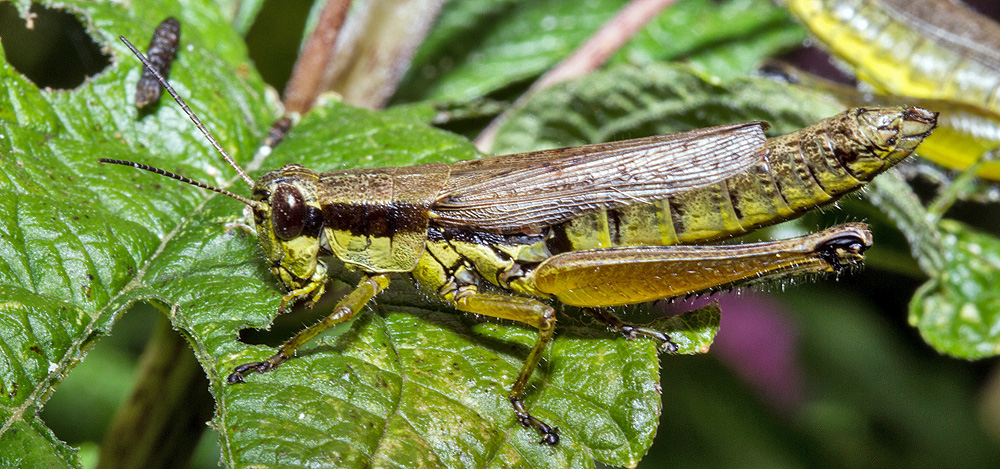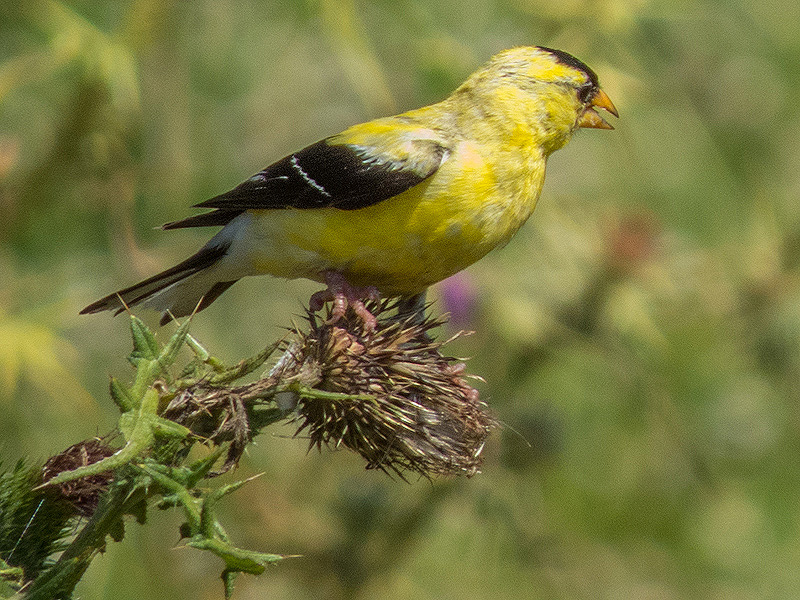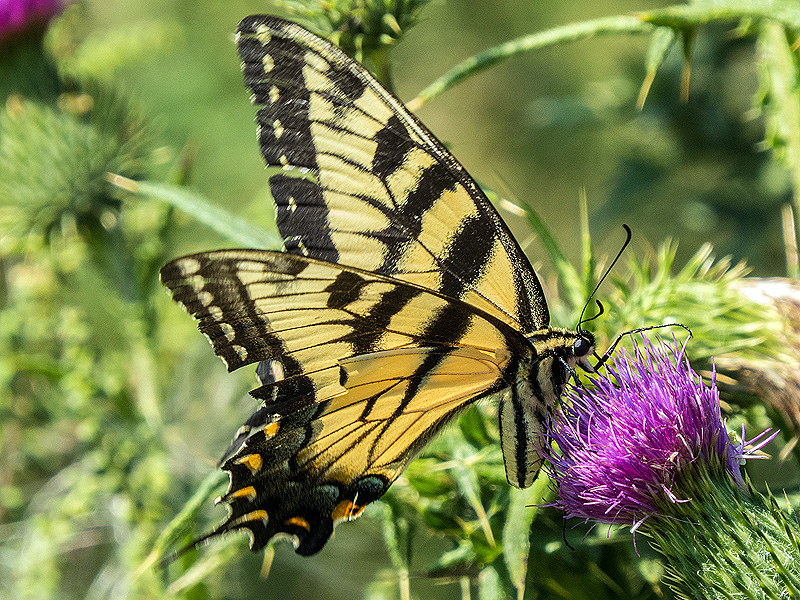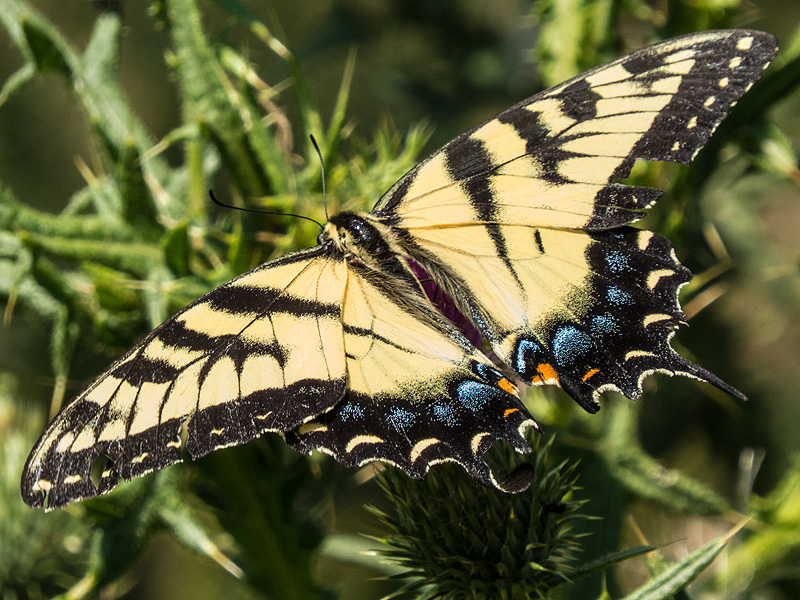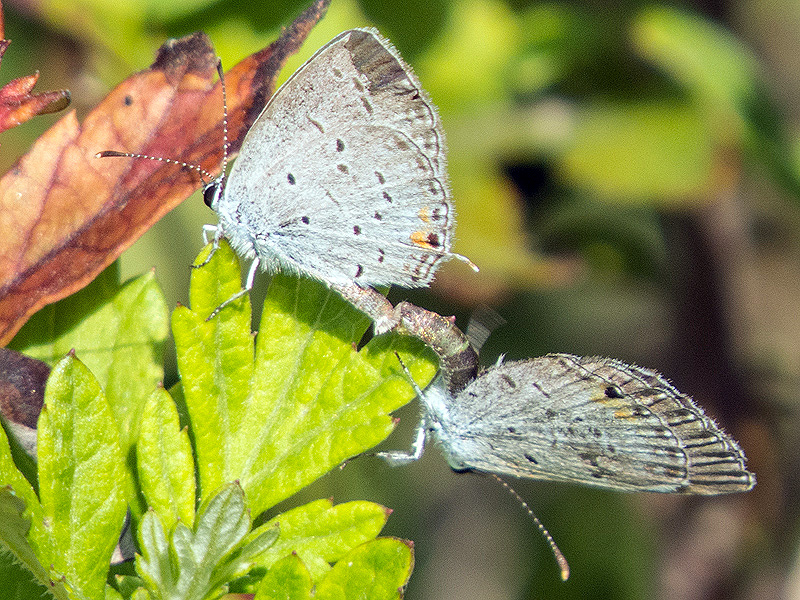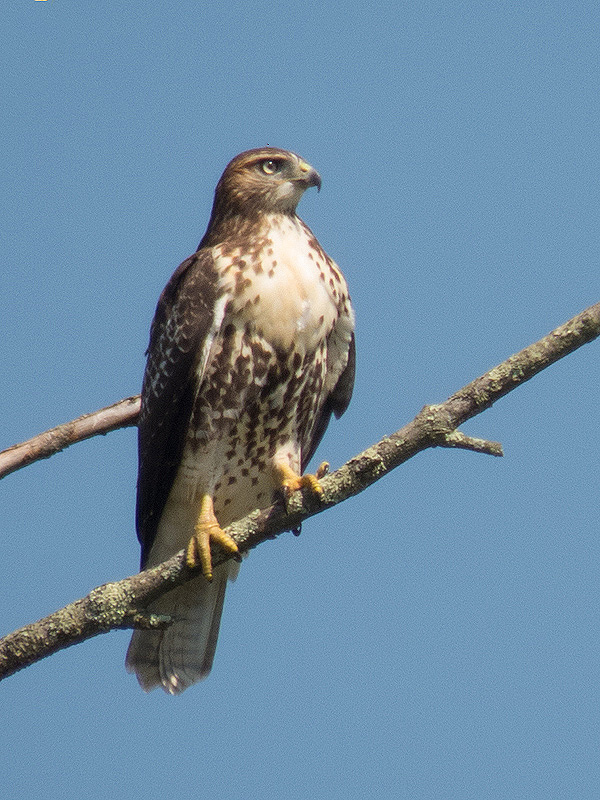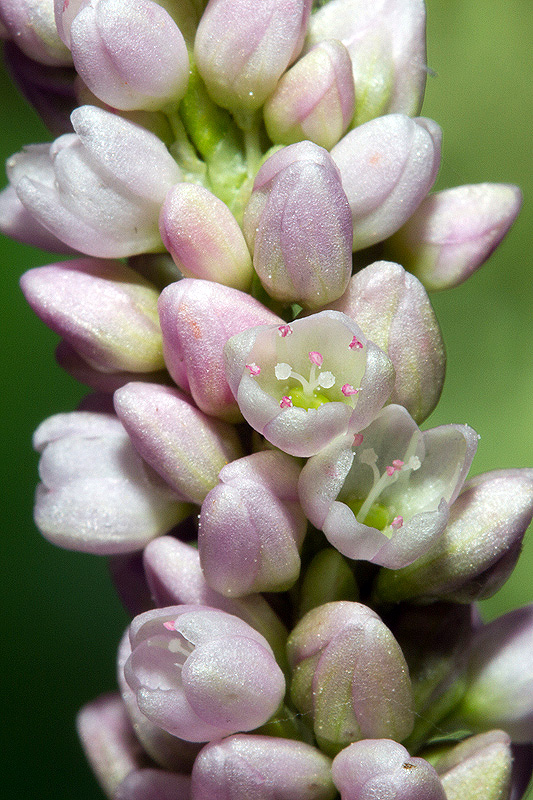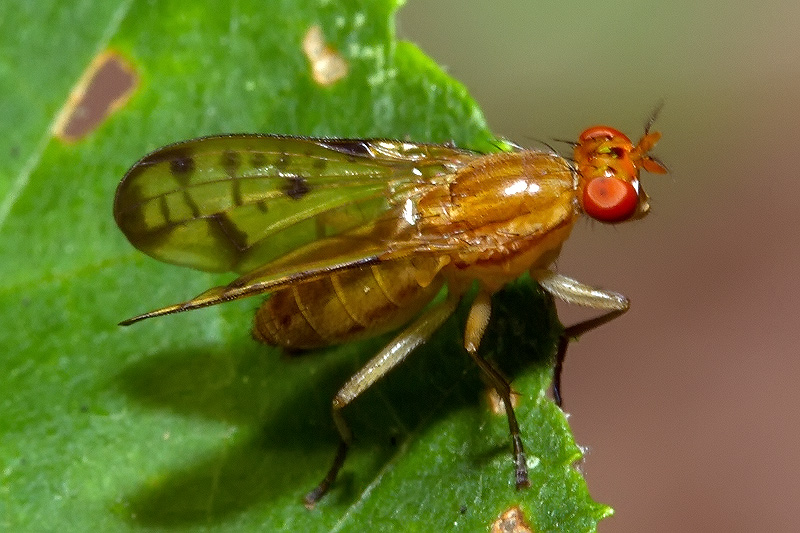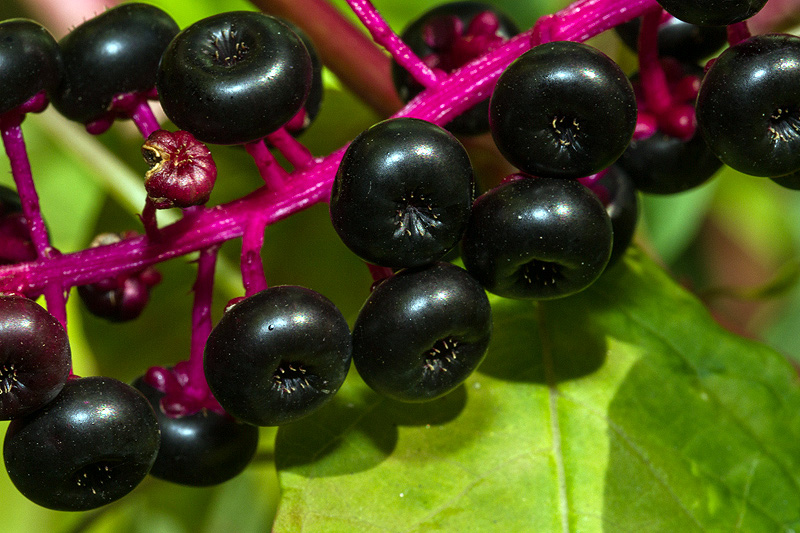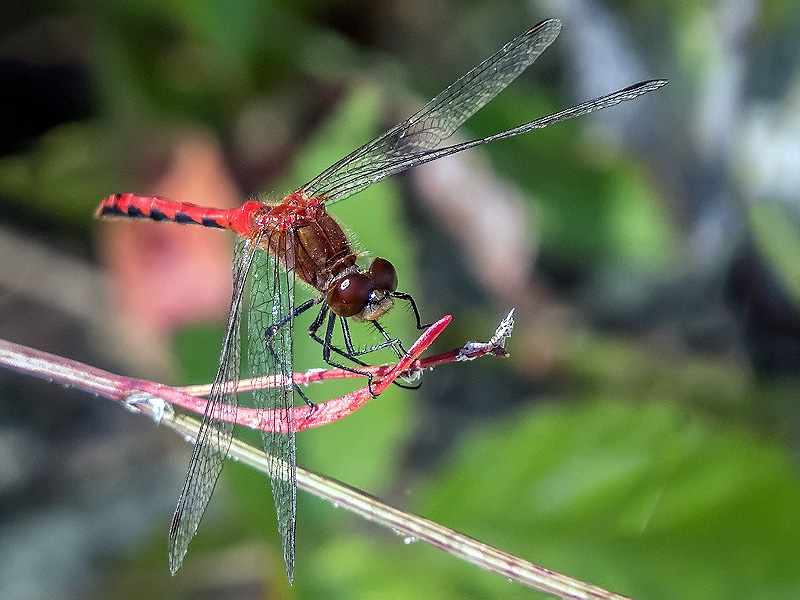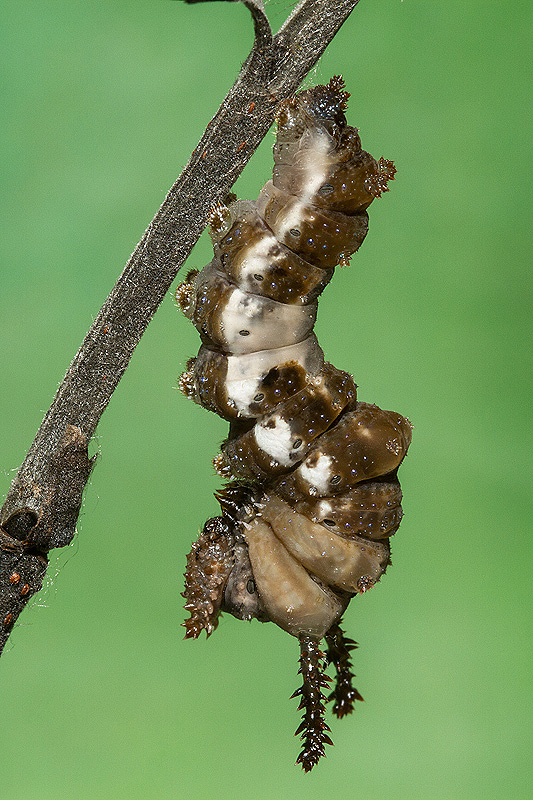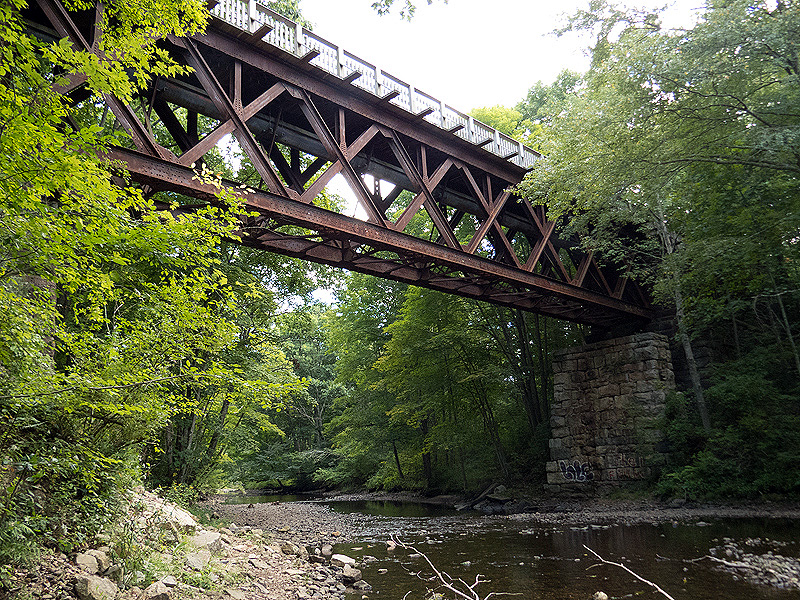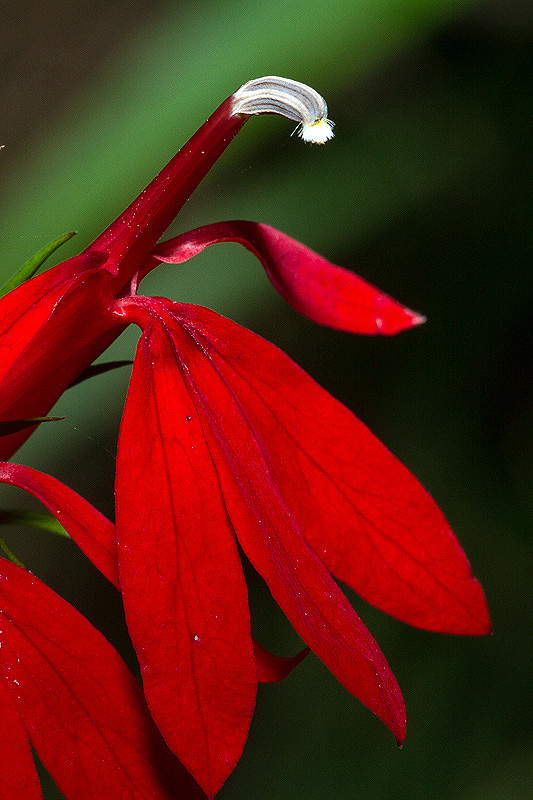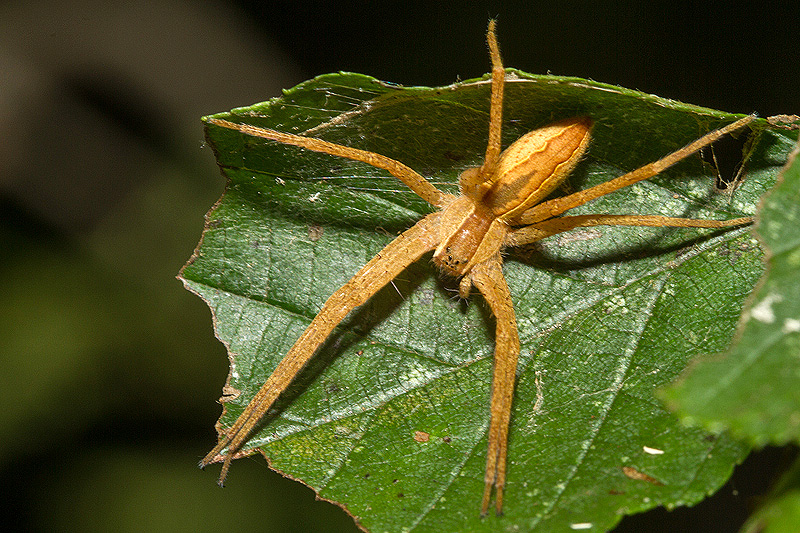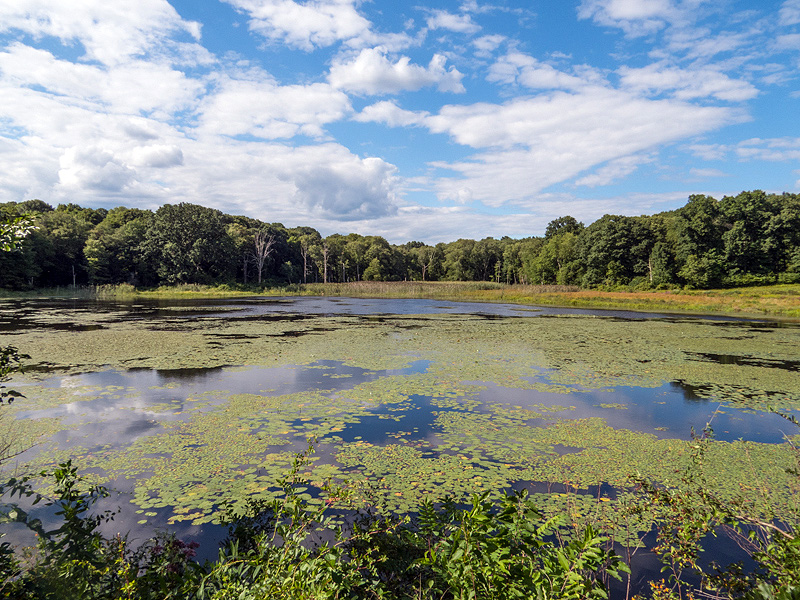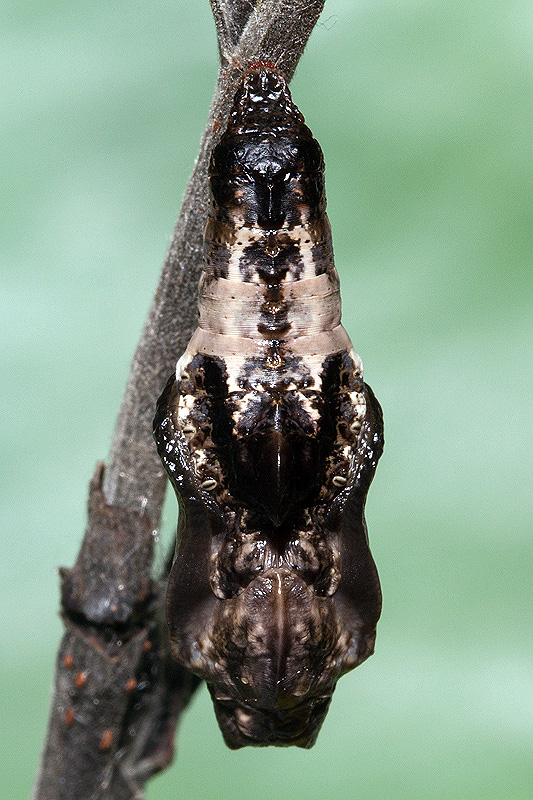Along the Air Line... 2014 - Summer, Part 7 The Air Line Trail in Eastern Connecticut - Stan Malcolm Photos |
mHome Page Stan's FlickR Albums |
August 23rd. A couple of Cedar Waxwings (Bombycilla cedrorum) passing through Raymond Brook Marsh. |
|
|
The prominent caterpillars that were black threads on willow a week or so ago have matured. I think this one is in the penultimate (next to last) instar: it still has spiny tubercles on the prothorax. |
This one has just molted to the last larval instar: coloration has changed and the spiny tubercles are gone. I can confirm that they are Black-etched Prominents (Cerura scitiscripta). |
This mystery beast was found on willow. It took me a few minutes, but I figured out what it was. Note the maroon head end and striped hind end, all protected under a thin skin. |
August 24th. Today, the adult insect emerged. The "skin" was what remained of the last maggot-like larval instar. |
It's a syrphid Flower-fly. |
Great Ragweed (Ambrosia trifida). |
An Evening Primrose (Oenothera sp.), but I don't think it is the common one I see at the marsh. |
This one was blooming in the morning at the Route 207 crossing. |
August 25th. Concord Grapes (Vitus sp.) are nearly mature. Won't be sweet until we have some very cool nights; that's okay, no rush. |
August 26th. A female Arrow-shaped Micrathena (Micrathena sagittata). |
She had begun spinning an orb-web between my truck and the trail head guard rail... |
...when I relocated her. |
At Cranberry Bog in East Hampton, an Olive-green Swamp Grasshopper (Paroxya clavuliger). |
August 27th. An afternoon walk east of Cook Hill Road in Lebanon. A flock of American Goldfinches (Carduelis tristis) was feeding on thistle seeds. |
Looks like they were molting. |
|
Eastern Tiger Swallowtail (Papilio glaucus). |
Significant blue on hindwings indicates that it's a female. |
A Viceroy (Limenitis archippus) in the same spot where I photographed one several weeks ago. I still haven't seen a Monarch this year. |
A mated pair of Eastern Tailed Blues (Everes comyntas). |
Looks like a young Red-tailed Hawk (Buteo jamaicensis) atop the dead trees in the marsh. |
A nice pale pink Smartweed (Polygonum sp.). |
|
A Honey Bee (Apis mellifera) that has fallen prey to an Ambush Bug (Phymata sp.). |
A Marsh Fly (Family Sciomyzidae, probably Tetanocera sp.). |
Pokeweed (Phytolacca americana) berries. |
A male White-faced Meadowhawk dragonfly (Sympetrum obtrusum). |
August 28th. Five large American Crows (Corvus brachyrhyncos) far across Raymond Brook Marsh. |
The Viceroy (Limenitis archippus) caterpillar found on willow on August 20th is ready to transform into a chrysalis (the butterfly term for a pupa). |
Hanging from a bit of silk spun onto the twig, it should shed its caterpillar skin later today or tomorrow, assuming it doesn't turn out to be parasitized. |
Mid-afternoon, mostly along the Blackledge River under and near the trail. |
Sumac (Rhus sp.). |
|
A few remaining blossoms of Cardinal Flower (Lobelia cardinalis). |
|
A few remaining blossoms of Butter-and-eggs (Linaria vulgaris) too. |
Nursery Web Spider (Pisaurina mira). |
The small marsh where the trail crosses River Road. |
The Viceroy (Limenitis archippus) caterpillar has become a chrysalid. Still looks a lot like a bird droping though. The butterfly's right antenna and forewing are at the lower left in this view; its back to the right; abdomen top. |
Gradually rotating it, now you're looking at the butterfly's back, head at the bottom. |
|
|



